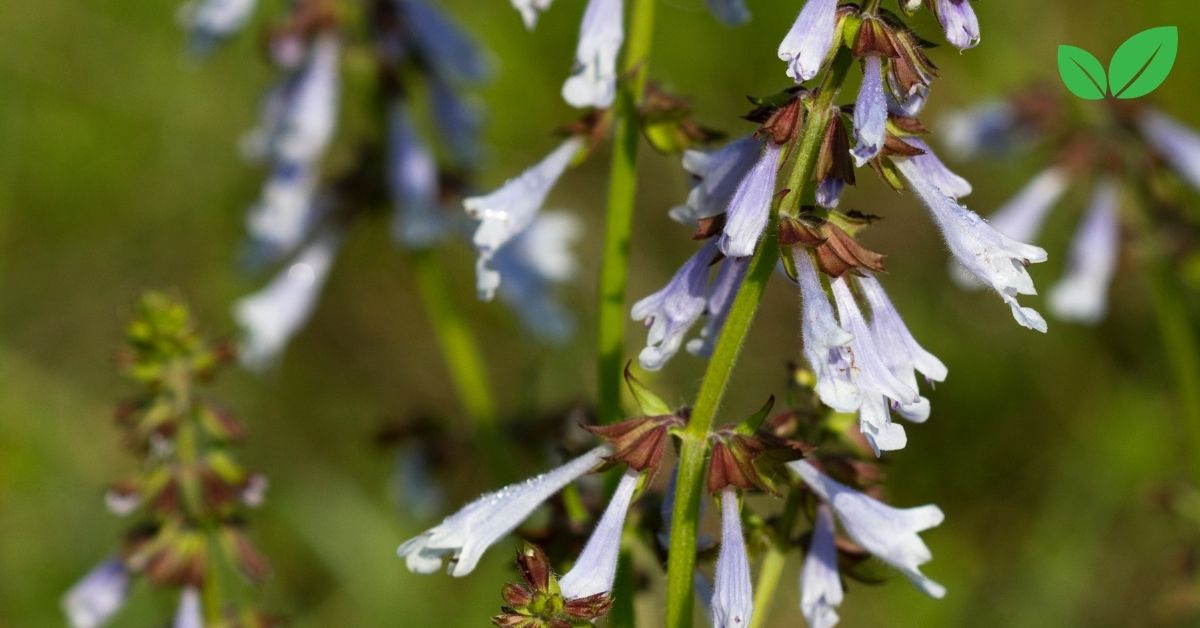Lyreleaf sage (Salvia lyrata), also known as “lyreleaf sage” or “wild sage,” is a perennial herbaceous plant native to the southeastern United States, extending into parts of the Midwest and Northeast. Known for its unique lyre-shaped leaves and vibrant purple or blue flowers, lyreleaf sage is valued for its ability to thrive in diverse environments and its ecological benefits, from supporting pollinators to stabilizing soil. With its distinctive appearance and resilience in a variety of conditions, lyreleaf sage is increasingly appreciated for its role in natural and cultivated landscapes.
This article explores the environmental niche of lyreleaf sage, focusing on its habitat, adaptations, ecological interactions, and conservation value. By understanding lyreleaf sage’s characteristics and contributions to biodiversity, we gain insights into the significance of native plants and their roles in supporting healthy ecosystems.
1. Introduction to Lyreleaf Sage
Lyreleaf sage (Salvia lyrata) is a member of the Lamiaceae (mint) family, a diverse group of plants that includes many species with medicinal, culinary, and ornamental uses. While some mint family plants have been widely introduced, Salvia lyrata is native to North America, making it an important plant for conservationists, gardeners, and ecologists interested in promoting native species.
With its rosette of basal leaves and upright flower spikes, lyreleaf sage is easily recognizable. The plant’s adaptability to a range of environmental conditions, from dry sandy soils to moist, partially shaded woodlands, contributes to its resilience and popularity in both wild and managed landscapes. Lyreleaf sage’s role in supporting pollinators and stabilizing soil adds to its ecological importance, especially in areas where native plants are essential for habitat restoration.
2. Habitat and Distribution
Lyreleaf sage is primarily found in the eastern and southeastern United States, extending from Florida to Texas and as far north as the Great Lakes and New England. Its adaptability allows it to thrive in a range of habitats, from open meadows and grasslands to woodland edges and disturbed areas.
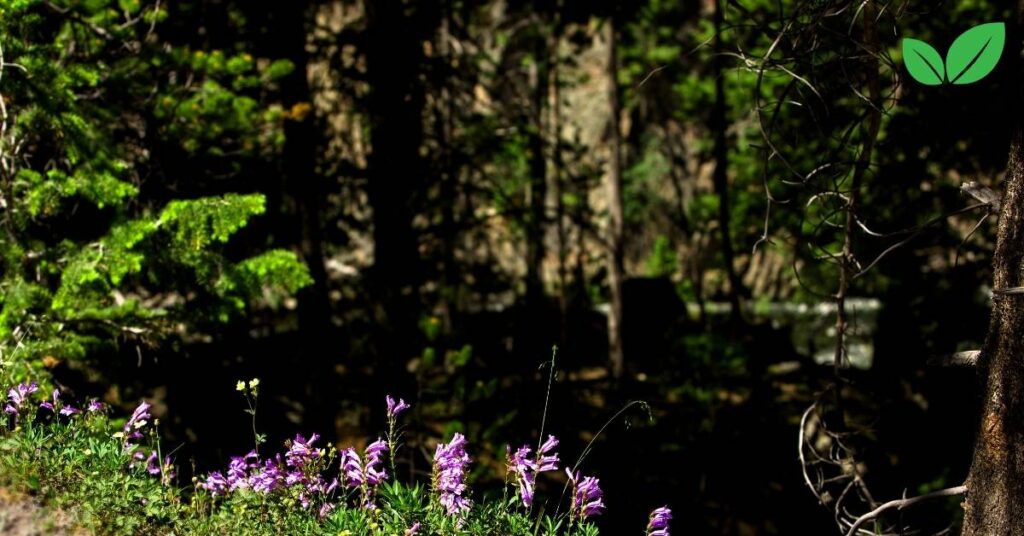
2.1 Geographic Range
Salvia lyrata is native to the eastern and southeastern regions of the United States, with populations extending into central parts of the country. States where lyreleaf sage is commonly found include Virginia, North Carolina, South Carolina, Georgia, Alabama, Mississippi, Tennessee, Kentucky, Louisiana, Arkansas, and parts of Texas. It is also present in less common instances further north in states like Pennsylvania, New York, and even in scattered areas of the Midwest.
2.2 Preferred Habitat and Soil Conditions
Salvia lyrata is an adaptable plant that grows in a range of soil types and moisture levels. It prefers well-draining soils but can also tolerate sandy, loamy, or rocky substrates. Common habitats include:
- Open woodlands: Lyreleaf sage grows well under light shade, making it suitable for woodland edges and forest clearings.
- Prairies and Meadows: In sunny open areas, lyreleaf sage forms part of the ground cover, competing well with grasses and other wildflowers.
- Disturbed Areas: The plant’s resilience makes it a common sight along roadsides, ditches, and even in urban settings where soils are often compacted or low in nutrients.
Salvia lyrata can tolerate drought once established, though it also grows well in moist soils. This adaptability to both dry and moist conditions contributes to its broad distribution.
3. Physical and Behavioral Adaptations of Lyreleaf Sage
Lyreleaf sage exhibits several unique adaptations that contribute to its ability to survive and thrive in diverse environments.
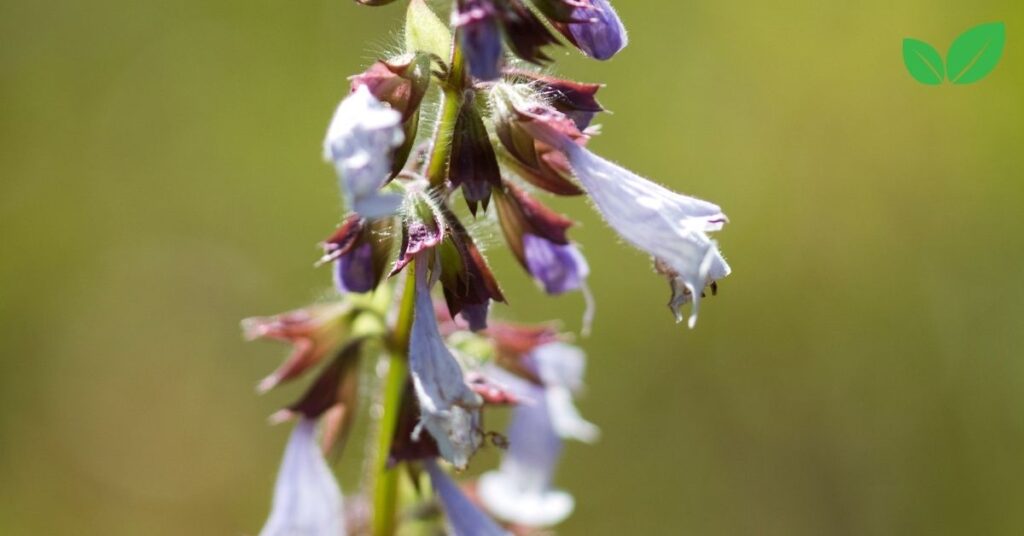
3.1 Distinctive Leaf Shape and Rosette Growth
The plant’s basal leaves are lyre-shaped, giving Salvia lyrata its common name. This lyre shape, with a broader middle section and narrower base, allows the leaves to capture sunlight effectively and directs rainwater toward the root zone. The rosette growth pattern, where leaves grow outward from a central point near the ground, helps the plant conserve moisture and remain compact, which is advantageous in dry or windy environments.
3.2 Flower Spike and Pollination Strategy
In the spring, lyreleaf sage produces a tall flower spike that emerges from the basal rosette, reaching heights of up to 18 inches. The flowers are arranged in whorls along the spike and are typically light purple to blue. This growth pattern elevates the flowers, making them more accessible to pollinators such as bees, butterflies, and hummingbirds. The tubular shape of the flowers is adapted to long-tongued pollinators, ensuring that nectar is readily available while pollen transfer occurs efficiently.
3.3 Tolerance for Poor Soil and Disturbed Sites
Salvia lyrata is well-suited to a range of soil conditions, including poor, sandy, and rocky soils. Its fibrous root system allows it to access nutrients in low-fertility soils, while also providing erosion control on slopes and disturbed sites. The plant’s ability to thrive in disturbed areas helps it establish quickly and compete with other species, making it useful in restoration and erosion control projects.
4. Ecological Interactions and Importance
Lyreleaf sage plays a valuable role within its ecosystem, supporting a range of pollinators and contributing to soil stability. As a native plant, it is particularly beneficial in restoration efforts aimed at improving habitat quality and biodiversity.
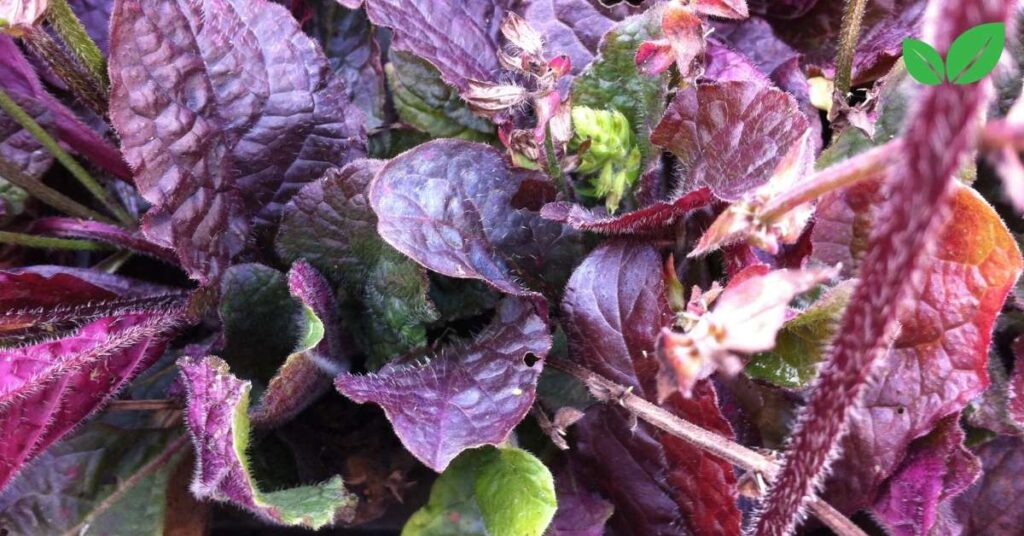
4.1 Support for Pollinators
One of the key ecological roles of lyreleaf sage is its support for pollinators. The plant’s flowers attract bees, butterflies, and hummingbirds, providing a source of nectar and pollen early in the spring when other nectar sources may be scarce. Pollinators that visit lyreleaf sage include bumblebees, honeybees, and various native bees, as well as butterflies like the Eastern tiger swallowtail and monarchs.
The plant’s presence in pollinator gardens and native landscapes helps sustain pollinator populations, which are essential for the health of ecosystems and agricultural systems alike.
4.2 Wildlife Habitat and Food Source
Beyond pollinators, lyreleaf sage also provides shelter and food for various wildlife. Small mammals may use the dense rosettes for cover, while some species of birds consume the seeds in the fall. The presence of lyreleaf sage in open woodlands and meadows contributes to the diversity of plant species that support a balanced food web.
4.3 Soil Stabilization and Erosion Control
Lyreleaf sage’s fibrous root system stabilizes soil, making it a valuable plant for erosion control. Its ability to thrive on slopes and in disturbed areas allows it to protect soil from water and wind erosion. By establishing in erosion-prone areas, lyreleaf sage helps maintain soil health and prevent the loss of topsoil, which is crucial for sustaining biodiversity and productive land use.
5. Reproduction and Life Cycle
Lyreleaf sage has a relatively straightforward life cycle, but its reproductive strategies are well-suited to the plant’s ecological niche and allow it to spread effectively within its habitat.

5.1 Seed Production and Dispersal
Following pollination, lyreleaf sage produces small nutlets that develop within each flower. The plant relies on natural seed dispersal mechanisms, including wind, water, and animals, to spread its seeds across the landscape. In disturbed areas, Salvia lyrata can colonize open spaces quickly due to its efficient seed production.
5.2 Propagation through Basal Rosettes
In addition to seed dispersal, lyreleaf sage propagates vegetatively through basal rosettes. As the plant matures, it produces additional rosettes around the main plant, gradually expanding its footprint. This growth pattern helps Salvia lyrata form dense ground cover, which further stabilizes soil and prevents erosion.
5.3 Seasonal Life Cycle and Dormancy
Lyreleaf sage is a perennial, meaning it reemerges each year from its root system. In late winter or early spring, the plant sends up new leaves from the basal rosette, followed by flower spikes. By late summer, the plant begins to enter a period of dormancy, during which the above-ground parts die back, conserving energy for the next growing season. This cycle of growth and dormancy aligns with seasonal moisture availability and temperature fluctuations, allowing the plant to thrive in variable conditions.
6. Uses and Cultural Importance of Lyreleaf Sage
Lyreleaf sage has applications beyond its ecological role, including medicinal, horticultural, and aesthetic uses.
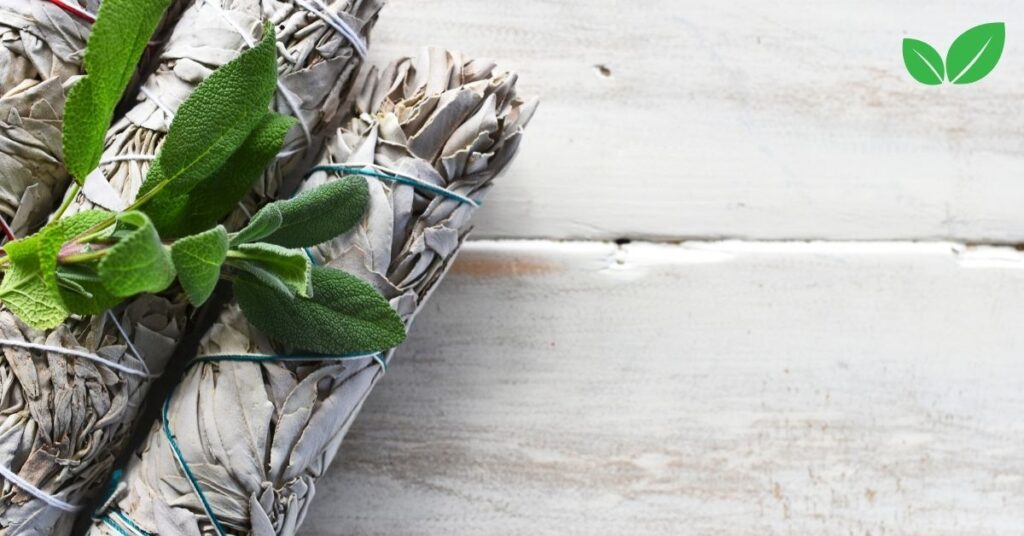
6.1 Traditional Medicinal Uses
Lyreleaf sage has been used traditionally for its medicinal properties, particularly as a remedy for colds, coughs, and digestive issues. Native American communities and early settlers used infusions made from the leaves to alleviate respiratory symptoms and to treat mild digestive complaints. Although it is not commonly used in modern herbal medicine, lyreleaf sage’s historical uses underscore the value of native plants in traditional practices.
6.2 Role in Native Landscaping and Pollinator Gardens
As a native plant, lyreleaf sage is a popular choice for native landscaping and pollinator gardens. Its vibrant flowers attract pollinators, while its ability to thrive in a range of soil types makes it suitable for naturalistic planting schemes. Lyreleaf sage’s aesthetic appeal, combined with its ecological benefits, makes it a valuable addition to sustainable landscaping efforts.
6.3 Aesthetic Appeal and Ornamental Value
With its unique leaf shape and colorful flower spikes, lyreleaf sage is an attractive plant for wildflower gardens, borders, and naturalized areas. The plant’s ability to spread and naturalize adds visual interest to landscapes, and its adaptability to various light conditions allows it to complement other native perennials and grasses.
7. Conservation and Environmental Significance
As a native species, lyreleaf sage is an essential component of regional biodiversity and habitat stability. Its conservation value is linked to its role in supporting wildlife, stabilizing soils, and enhancing native plant communities.
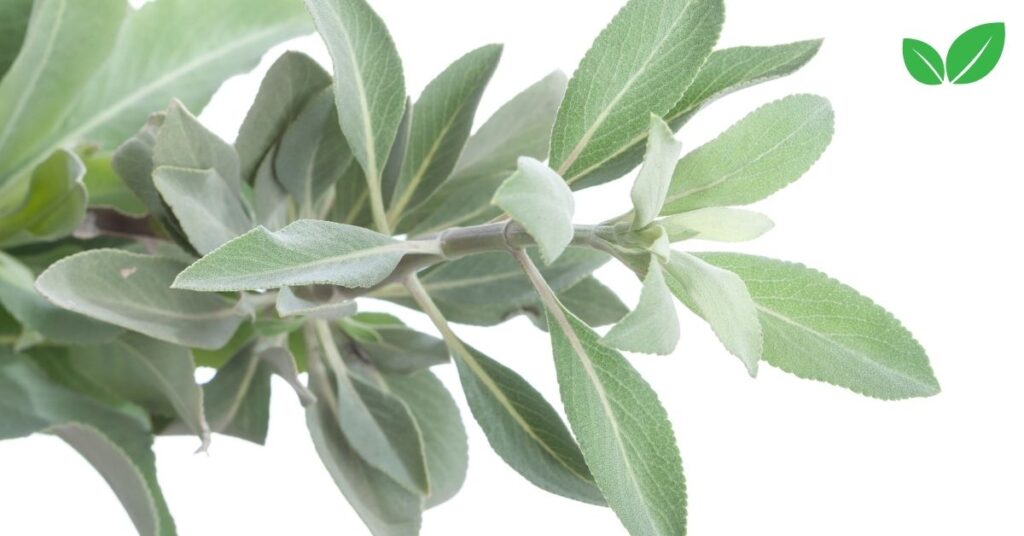
7.1 Importance of Native Plant Conservation
Native plants like lyreleaf sage play a vital role in maintaining biodiversity, supporting native pollinators, and providing habitat for wildlife. In ecosystems where invasive species displace native vegetation, planting Salvia lyrata can help restore ecological balance by creating a habitat that supports local flora and fauna.
7.2 Habitat Restoration and Soil Health
Lyreleaf sage is used in habitat restoration projects aimed at improving soil health and stabilizing degraded landscapes. Its resilience to different soil types and disturbed conditions makes it an ideal candidate for planting in areas prone to erosion or with depleted soils. By reintroducing native plants like lyreleaf sage, restoration efforts can improve ecosystem function and promote resilience against environmental stressors.
7.3 Potential Threats and Conservation Challenges
While lyreleaf sage is not currently at risk, habitat loss, invasive species, and climate change pose challenges to native plant communities. As habitats are altered or fragmented, the distribution of lyreleaf sage and other native species may be affected. Conservation efforts, such as creating protected areas and promoting native plant gardens, can help support Salvia lyrata populations and the broader ecosystems they inhabit.
8. Gardening and Cultivation Tips for Lyreleaf Sage
Growing lyreleaf sage in home gardens and landscapes can contribute to conservation efforts and provide benefits for pollinators.
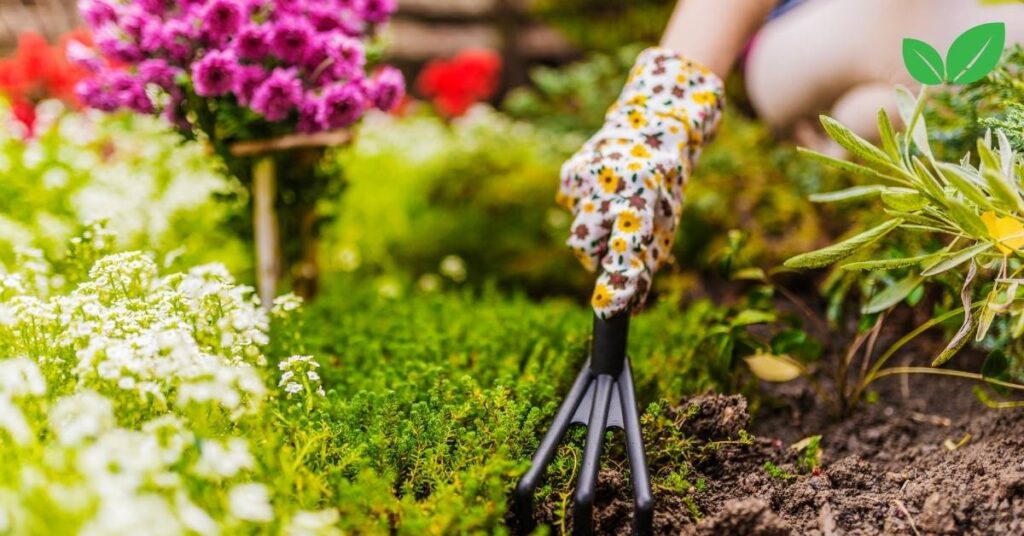
8.1 Choosing the Right Site
Salvia lyrata is adaptable to both sunny and partially shaded sites. For best results, plant it in well-draining soil, though it can tolerate clay, sandy, or rocky soils. This makes it suitable for a variety of garden settings, from woodland edges to open meadows.
8.2 Planting and Propagation
Lyreleaf sage can be grown from seeds or through division of mature plants. For seed propagation, sow seeds in late fall or early spring directly in the soil. To propagate by division, separate basal rosettes from a mature plant and replant them in desired locations.
8.3 Maintenance and Care
Lyreleaf sage is low-maintenance, requiring minimal watering once established. Pruning spent flower spikes encourages new growth and helps the plant maintain a tidy appearance. In garden settings, it can naturalize, providing ground cover and reducing the need for mulch or erosion control.
9. Conclusion: The Role of Lyreleaf Sage in Ecosystems and Landscapes
Lyreleaf sage (Salvia lyrata) exemplifies the resilience and ecological importance of native plants. Its adaptability to varied environments, support for pollinators, and contributions to soil stability make it a valuable component of southeastern U.S. ecosystems. As we learn more about native plants like Salvia lyrata and their environmental roles, we can appreciate the need for conservation efforts that preserve and promote native flora. By incorporating lyreleaf sage into gardens, restoration projects, and landscapes, we can help sustain biodiversity, support pollinator health, and foster environmental resilience.
Read More: Cobra Lily: Exploring the Environmental Niche of a Unique Carnivorous Plant

